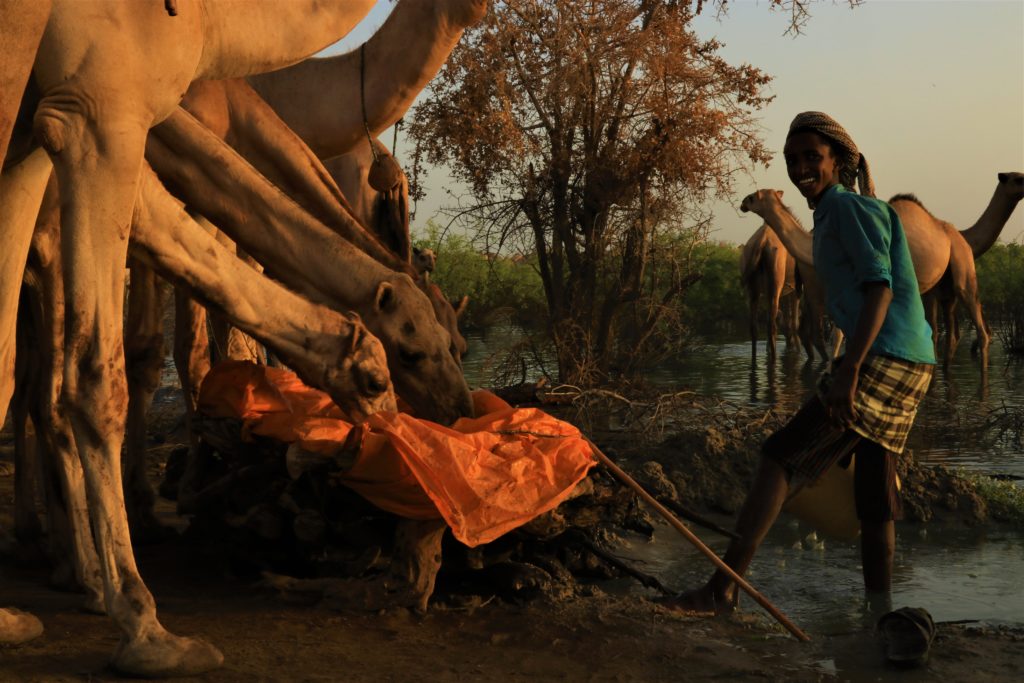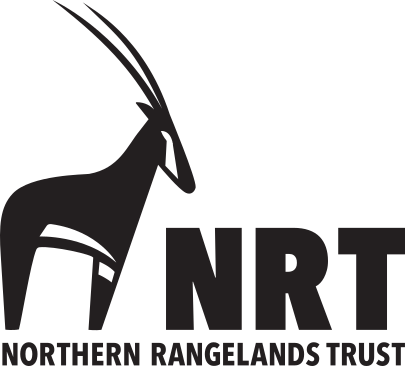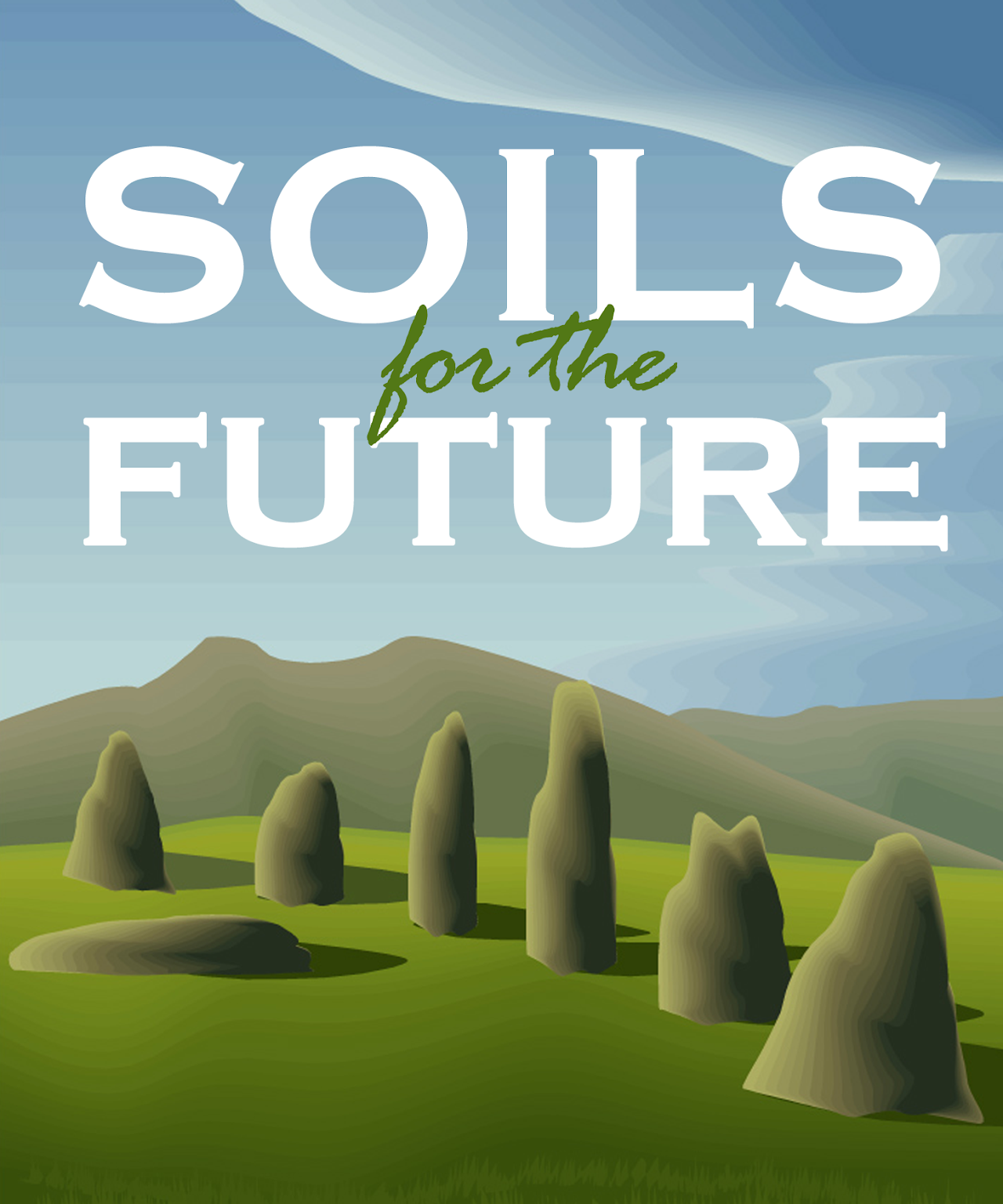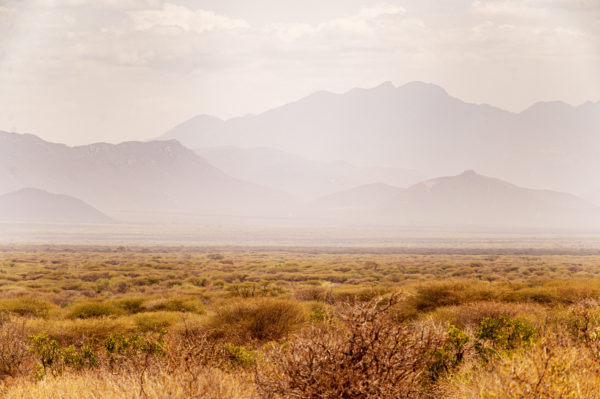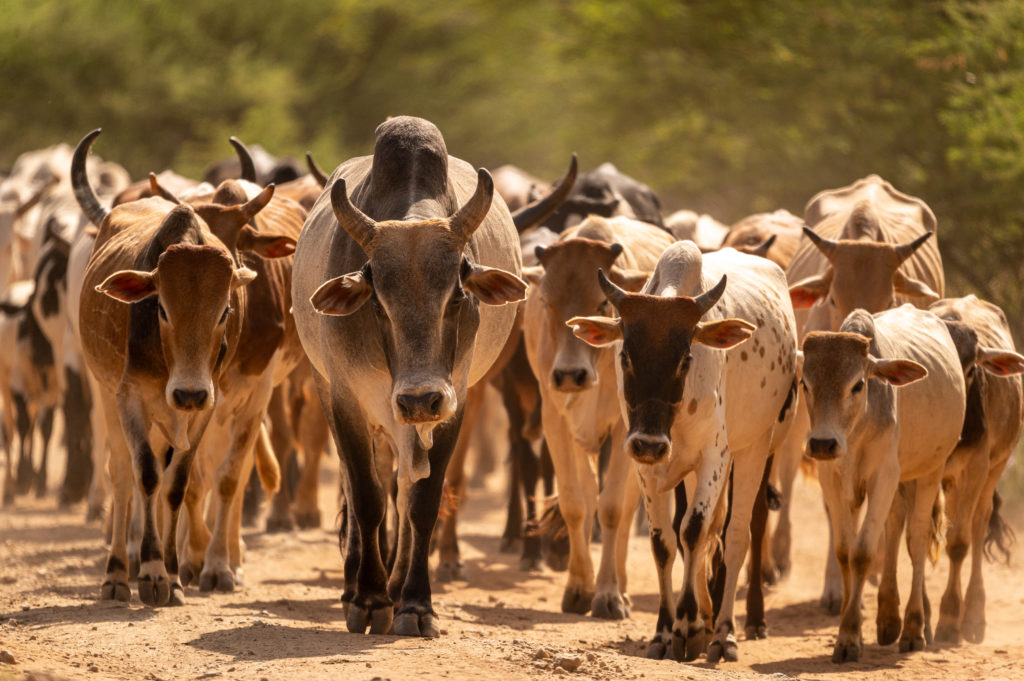Project Type: Soil improvement that results in additional carbon storage (removal only)
Validation & Verification
This project meets the criteria for Verified Carbon Standard (VCS) under the VM0032 Methodology, and Triple Gold certified to the Climate, Community & Biodiversity Alliance Standards (CCBA)
Currently there are only 16 projects in the world certified to the Triple Gold Level under the Climate, Community and Biodiversity Alliance’s (CCBA) standards – standards which recognise projects that simultaneously address climate change, support local communities and smallholders, and conserve biodiversity. The Northern Kenya Rangelands project is one of these. The project is also validated to the Verified Carbon Standard (VCS) from Verra, one of the sector’s leading and most respected carbon standards, using its sustainable grasslands methodology (VM0032).
How does it work?
This project includes 1.9 million hectares of savannah grassland in northern Kenya. The project area is located approximately 270 kilometers north of Nairobi, stretching from the northern slopes of Mount Kenya to the Ethiopian border.
The project tackles the issues of degraded rangelands and conflict over scarce resources across the entire region by implementing coordinated rotational grazing of domesticated livestock and other proven land management practices.
Due to a combination of a changing climate, increasing periods of severe drought, and livestock overgrazing, local soils have been badly damaged and perennial vegetation cover and fodder production significantly reduced. Approximately 70% of the rangelands in the region are highly degraded, and over 50% are heavily eroded.
If the health of these grasslands can be improved, the health of the regional soils will also improve, and can support higher carbon sequestration levels. With more carbon sequestered in the soil, the land can store more water through dry periods, which will help the local communities address the effects of climate change and drought.
The project covers a designated high value conservation area, where pastoralists have traditionally shared their land with East Africa’s iconic migrating wildlife. Improved grassland and better-quality grazing will lead to healthier livestock and to healthier ecosystems and habitats for the local wildlife, which includes four endemic endangered species – the Eastern black rhino, Grevy’s zebra, the Reticulated giraffe and the Beisa oryx.
Project success will ensure that both pastoralists and the local communities see a return on their combined efforts to improve their grasslands and increase their land’s ability to store carbon. The carbon funding will help diversify community income, and will also support specific conservancy needs, including clean water, education, and infrastructure projects.
How are we measuring the success of the project?
We continuously measure project benefits in relation to CCBA’s standards of community, climate and biodiversity and ultimately will measure the success of the project itself against these standards – by gathering, reporting, and analyzing a range of data collected monthly, annually and throughout the lifetime of the project, including soil sampling, satellite imagery, and grazing management records.
Community and Livelihoods
Financial support for the project goes towards funding conservancy-led development programs undertaken by local communities. These programs may include funding education bursaries, building school dormitories or housing to attract more teachers, providing water infrastructure, building and maintaining healthcare facilities, buying supplies or employing staff. Financial support is also allocated to other conservancy activities, and peace and governance programs.
Financial support from the generation of carbon credits helps diversify community income. Also, as grazing management improved pasture quality, results include healthier livestock and higher yields of milk and meat, which increases family income from the sale of more valuable cattle. And improved pasture quality – even in dry seasons – has prevented livestock loss and reduced grazing conflict.
Climate Adaptation
The SNAP model – developed to quantify the effects of grazing on soil organic carbon in grasslands and savannahs – projects how much soil carbon will be sequestered from improved grazing each year. To confirm the model at intervals across the project’s operating life, soil carbon stocks are measured across the region. Annual satellite imagery also assesses project success by comparing monthly changes in vegetation within and outside the project areas – using the Normalized Difference Vegetation Index (NDVI) for analysis. Additionally, livestock numbers and movements are tracked across the project area every month to help assess the local impact of droughts.
Biodiversity
NRT’s Wildlife-Conservancy Managed Monitoring System (Wildlife CoMMs) tracks sightings of wildlife across the project area, including the four endangered species listed above. Sightings of these species have rapidly increased since planned rotational grazing was first implemented, and we expect this trend to continue, as the grazing improves forage productivity across the entire project area.
The project conducts biodiversity surveys in five project conservancies approximately every three years. These assess impacts on a suite of other species that are indicative of rangeland health, such as dung beetles, grasshoppers, birds, and plants. The diversity of all of these species is expected to improve over the lifetime of the project.
*Conservancies are local institutions run for and by local people to support the management of community-owned land, providing a platform for developing sustainable enterprise and livelihoods related to conservation.
Contact
To learn more about the project, please contact: Jennifer Gerholdt, Director, Client Strategy, Native
Read less.

